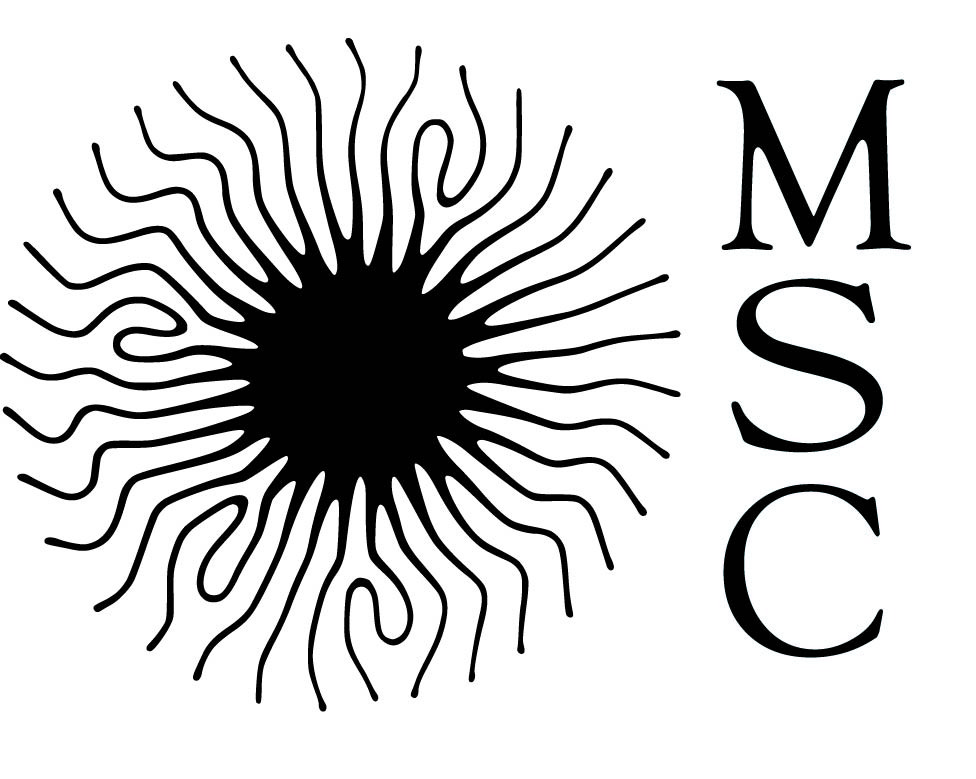Monday, April 22th, 11h30, Room 454 A, Condorcet Building.
Nicolas Minc
Minc Lab
“Cellular Spatial Organisation”
Institut Jacques Monod, UMR7592
CNRS, Université Paris Cité
How Large Cells Do It?: Cytoplasm Mechanics and Division Positioning in Early Embryos.
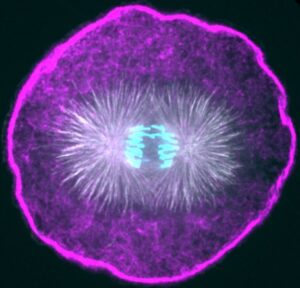
À lire aussi
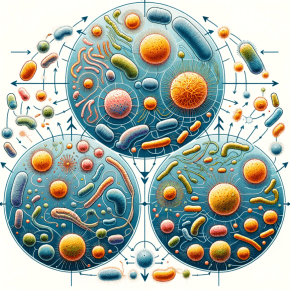
Comment maintenir une diversité écologique dans une logique de compétition darwinienne
Dans un travail récent, des physiciennes et un physicien montrent comment l’hétérogénéité spatiale et relationnelle est un ingrédient indispensable au maintien à long terme d’une diversité écologique importante dans les vastes écosystèmes naturels. Comprendre les...
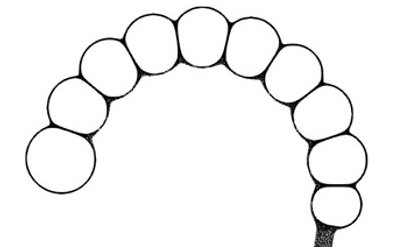
Un pas important dans la compréhension de l’origine de l’homme
L’origine de l’homme est une question importante, une des plus passionnante scientifiquement. Les travaux sur cette question sont essentiellement des travaux de paléontologie, d’une part, et des travaux de paléogénomique d’autre part. Les premiers permettent...
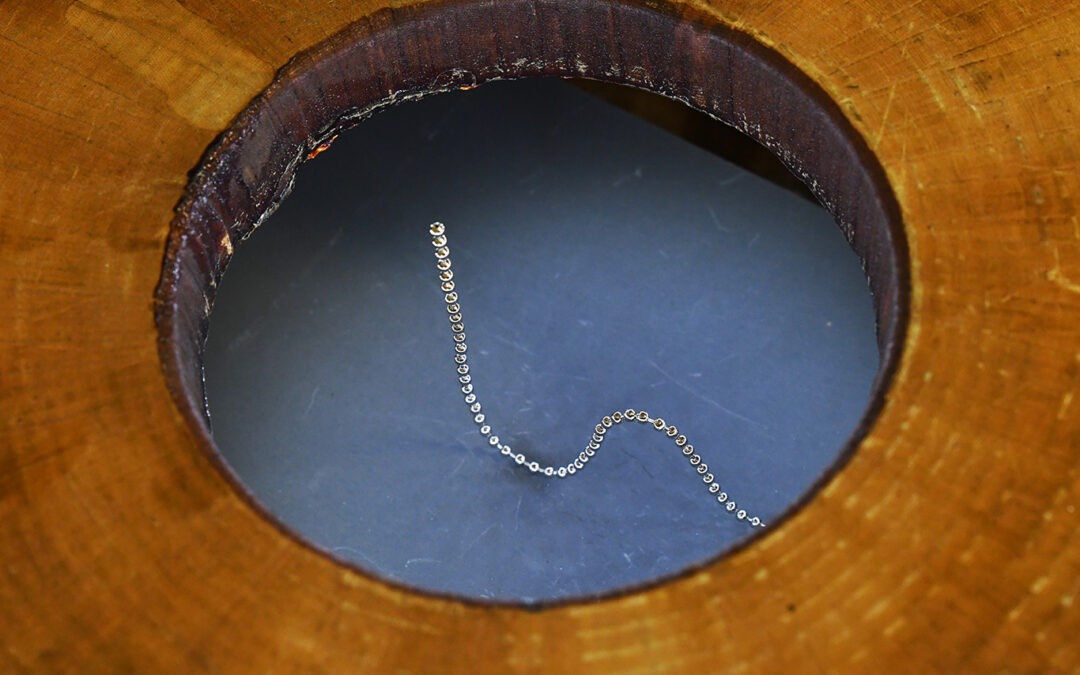
Le charmeur de serpent magnétique lauréat du concours “La preuve par l’image”
Les recherches de F. Novkovski et E. Falcon sur le magnétisme donnent lieu à des images étonnantes, primées lors de la dernière édition du concours "La Preuve par l'Image" organisé par le CNRS Nul tour de magie derrière les étranges oscillations de cette chaîne de...
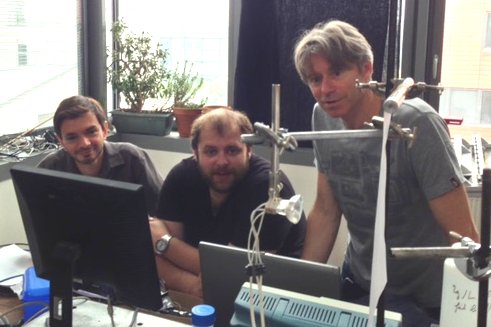
Décès de notre collègue et ami Julien Moukhtar
Le laboratoire MSC a la grande tristesse d'annoncer le décès de notre collègue et ami, Julien Moukhtar.Julien Moukhtar en compagnie de Philippe Brunet (gauche) et Laurent Royon (droite), au laboratoire MSCIl est parti le 5 mars 2024 sans souffrir, en présence de ses...
